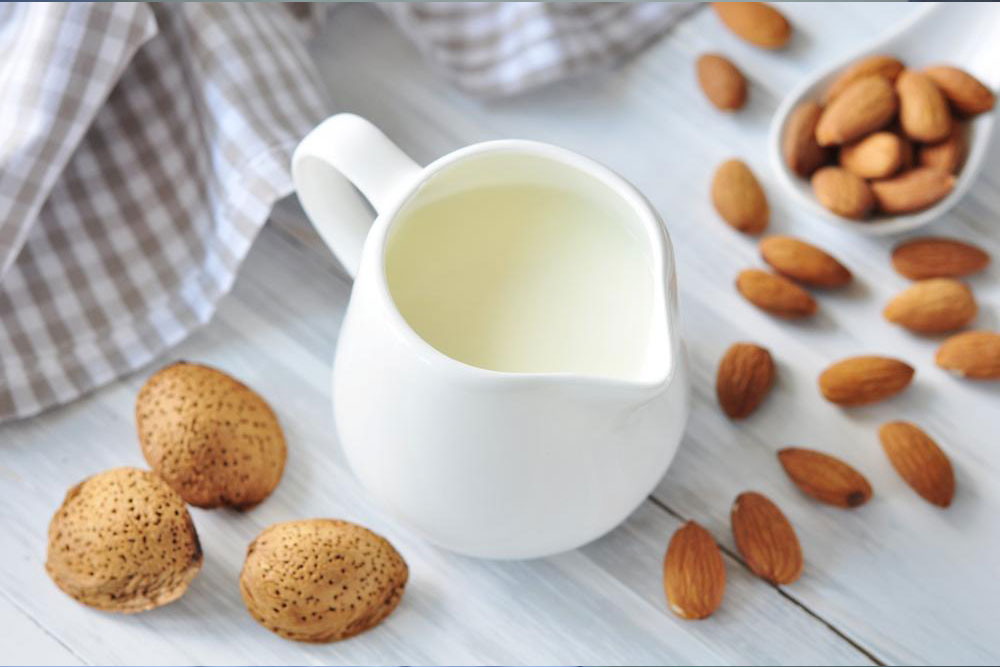Understanding Common Triggers That Can Lead to Migraine Attacks and How to Prevent Them
Discover the common triggers that can induce migraines and learn effective strategies to prevent these episodes. This comprehensive guide covers stress, sleep irregularities, diet, dehydration, environmental factors, and medication use. By understanding these factors, migraine sufferers can adopt tailored lifestyle modifications to reduce attack frequency and severity. Expert advice on managing environmental sensitivities and dietary triggers offers practical solutions for improving daily life. Empower yourself with knowledge about migraine triggers and take proactive steps to manage this disabling condition effectively.

Identifying Key Factors That Might Trigger Migraine Episodes
Migraines are complex neurological conditions that affect millions worldwide, but despite extensive research, the exact causes remain elusive. Healthcare professionals agree, however, that various external and internal factors can trigger these debilitating episodes. By understanding and managing these triggers, sufferers can significantly reduce the frequency and severity of migraines. This comprehensive guide explores the most common migraine triggers, offering insights and practical advice on how to identify and avoid them, ultimately helping individuals improve their quality of life.
Stress: The Leading Provoker of Migraine Attacks
One of the most significant factors known to induce migraines is stress. Both mental and physical stressors can disturb the delicate balance within the nervous system, leading to migraine episodes. Scientific studies from Denmark support this, indicating that stress accounts for a considerable proportion of migraine cases. Statistics reveal that between 50% and 80% of individuals who suffer from migraines associate their attacks with stressful situations. For some, intense emotional stress, such as work pressures, relationship issues, or financial worries, can directly precipitate an attack. Others might develop migraines following periods of chronic stress or during times of heightened anxiety. Managing stress through relaxation techniques, counseling, and lifestyle adjustments can prove crucial in reducing these episodes.
Irregular Sleep Patterns and Jet Lag as Triggers
Sleep disturbances are well-documented triggers for migraines. Both insufficient sleep and oversleeping can disrupt normal neurological activity, triggering episodes. People with a history of migraines are especially vulnerable to sleep variability. Irregular sleep cycles caused by shift work, jet lag, or poor sleep hygiene often set off migraines. Moreover, chronic sleep issues like insomnia not only increase susceptibility but are also linked to mood disorders such as depression and anxiety, which can further exacerbate migraine frequency. Maintaining a consistent sleep schedule, creating a calming sleep environment, and managing jet lag with gradual adjustment strategies can help mitigate this risk.
Dietary Additives and Food Triggers
Diet plays a crucial role in migraine management. Certain food ingredients have been associated with the onset of migraines in susceptible individuals. Monosodium glutamate (MSG), a common flavor enhancer used in processed foods, Chinese cuisine, and snacks, is often linked to headache provocation. Artificial sweeteners, especially aspartame, are also suspected triggers. While scientific evidence varies, many migraine sufferers report that limiting these additives reduces attack frequency. Other dietary considerations include avoiding processed meats, aged cheeses, and foods high in tyramine. Keeping a food diary can help identify personal triggers and guide dietary adjustments.
Hunger, Skipping Meals, and Dehydration as Triggers
Maintaining stable blood sugar levels and hydration is vital for migraine prevention. Skipping meals or going long periods without eating can cause drops in blood sugar, which potentially triggers migraines. Similarly, dehydration significantly increases headache risk. Studies reveal that approximately 40% of migraine cases are related to inadequate fluid intake. Ensuring regular, balanced meals with nutritious content and drinking sufficient water throughout the day can help maintain internal stability and prevent trigger episodes.
Caffeine: Both a Trigger and a Treatment
Caffeine consumption presents a complex relationship with migraines. For some individuals, high intake of caffeine from coffee, tea, energy drinks, and sodas can initiate attacks. Caffeine’s stimulant effect can alter vascular activity and nerve function, leading to migraines. Conversely, caffeine is also a common ingredient in many pain relief medications designed to alleviate migraine pain. Interestingly, abrupt cessation or withdrawal from caffeine can cause withdrawal headaches, which mimic migraines. It’s advisable for sufferers to monitor their caffeine intake carefully, balancing potential benefits against risks, and avoid sudden decreases in consumption to prevent withdrawal symptoms.
Medication Overuse: A Hidden Risk
While medications are essential for managing migraines, overusing painkillers—especially analgesics—can lead to medication-overuse headaches. Regularly relying on these drugs can paradoxically increase migraine frequency and turn episodic headaches into chronic conditions. Opioids, accustomed for severe pain, pose additional risks, including persistent headaches and dependency issues. Experts recommend limiting medication use, always following prescribed dosages, and consulting healthcare providers for alternative management strategies when over-the-counter options become insufficient.
Alcohol Consumption: A Common but Manageable Trigger
Many migraine sufferers find that alcohol, especially red wine, can precipitate episodes. Studies indicate that approximately one-third of patients experience migraines following alcohol intake, with women being particularly susceptible. Alcohol’s dehydrating effect, its vasoactive properties, and certain compounds like histamines contribute to its trigger potential. Limiting alcohol intake or abstaining altogether can be highly effective for individuals sensitive to these effects. Understanding personal thresholds and tracking alcohol consumption in a diary can assist in developing customized prevention strategies.
Environmental Odors and Sensory Sensitivities
Bright lights, loud noises, and strong odors can all trigger migraines in sensitive individuals. Some people develop a hypersensitivity called “osmophobia,” reacting strongly to unfamiliar or intense scents like perfumes, cigarette smoke, or strong food aromas. These environmental stimuli can activate neural pathways associated with headache processes. Managing exposure by minimizing contact with strong odors, using noise-canceling devices, and adjusting lighting conditions can help reduce the frequency of episodes. Creating a migraine-friendly environment is an essential aspect of comprehensive management.
Light and Sound: Environmental Triggers to Be Mindful Of
Excessive exposure to bright or flickering lights and loud sounds can set off migraines. Sunlight, especially when combined with dehydration or poor sleep, acts as a secondary trigger for many sufferers. The sensitivity to environmental stimuli varies among individuals, necessitating personalized strategies. Wearing sunglasses outdoors, using soft lighting indoors, and reducing exposure to loud environments can be effective. Carefully managing environmental factors is crucial for preventing migraine episodes and improving daily functioning.
In summary, migraines are caused by a complex interplay of factors, many of which are within individual control. Recognizing personal triggers and making targeted lifestyle adjustments can substantially minimize the occurrence and severity of attacks. From managing stress and sleep patterns to controlling diet and environmental exposures, each step contributes towards a more manageable migraine condition. Patients are encouraged to collaborate with healthcare professionals, maintain detailed symptom diaries, and adopt holistic approaches to prevention and treatment, ultimately leading to a better quality of life.





